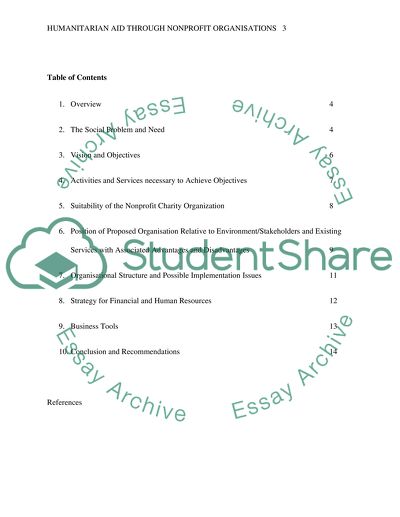Cite this document
(Humanitarian Aid through Nonprofit Organisations in Syria Research Paper, n.d.)
Humanitarian Aid through Nonprofit Organisations in Syria Research Paper. Retrieved from https://studentshare.org/social-science/1669690-you-choose-the-topic
Humanitarian Aid through Nonprofit Organisations in Syria Research Paper. Retrieved from https://studentshare.org/social-science/1669690-you-choose-the-topic
(Humanitarian Aid through Nonprofit Organisations in Syria Research Paper)
Humanitarian Aid through Nonprofit Organisations in Syria Research Paper. https://studentshare.org/social-science/1669690-you-choose-the-topic.
Humanitarian Aid through Nonprofit Organisations in Syria Research Paper. https://studentshare.org/social-science/1669690-you-choose-the-topic.
“Humanitarian Aid through Nonprofit Organisations in Syria Research Paper”, n.d. https://studentshare.org/social-science/1669690-you-choose-the-topic.


